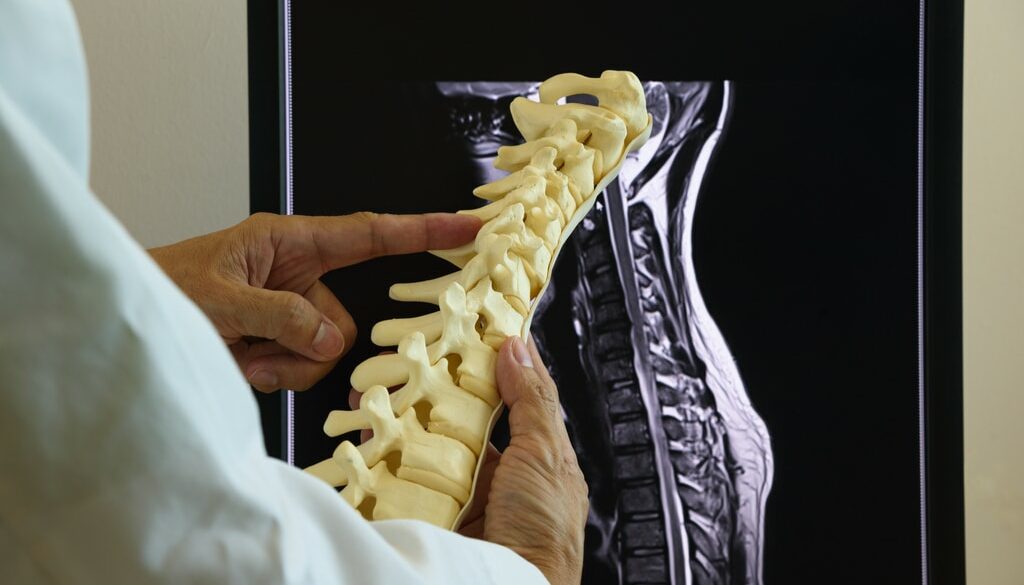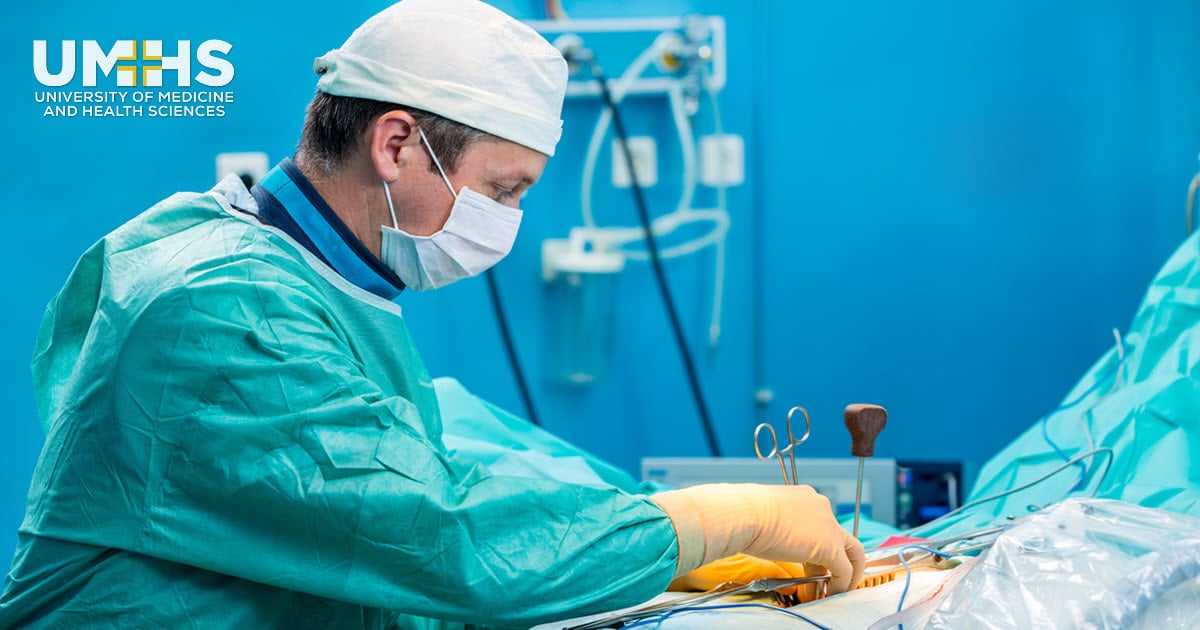Rumored Buzz on Axis Spine And Orthopedics
Rumored Buzz on Axis Spine And Orthopedics
Blog Article
8 Simple Techniques For Axis Spine And Orthopedics
Table of ContentsThe smart Trick of Axis Spine And Orthopedics That Nobody is Talking AboutAxis Spine And Orthopedics Can Be Fun For EveryoneAxis Spine And Orthopedics Can Be Fun For AnyoneAxis Spine And Orthopedics Can Be Fun For Everyone
An orthopedic specialist is a medical professional who specializes in dealing with problems of the bones, joints, and connective tissues, and ensuring you preserve a healthy bone and joint system., we have actually highly certified orthopedic doctors that are qualified of treating clients of all ages. I obtained included in research during my very first year of clinical college, and I started making connections with orthopedic cosmetic surgeons early on.
Review the post-operative care plan with your specialist. Prepare for transportation to and from the healthcare facility on the day of surgical procedure.
Get This Report on Axis Spine And Orthopedics

Your medical professional will provide plenty of details concerning post-operative treatment, consisting of how to stay tidy and maintain the surgical location clean. Following these pointers can prepare you literally and mentally for your orthopedic surgical procedure. Bear in mind to maintain a favorable outlook and trust your medical team's know-how, contributing to a smoother recuperation process.

No one expects you to recognize anything, so do not attempt to memorize a lot of random realities. Or else, joint discomfort can actually mess up your life.
The constant pain in your knee or the rigidity in your shoulder can reduce you down and make simple jobs tough. Usual conditions treated by orthopedic doctors are: Fractures and Bone Injury: Broken bones and other injuries from crashes or effects. Joint inflammation: Specifically osteoarthritis, which causes joint discomfort and stiffness. Benign Soft Cells Lumps: Non-cancerous developments in muscle mass or other soft tissues. Bone Cancer: Lumps in the bones. Bursitis: Inflammation of the tiny cavities of.
7 Simple Techniques For Axis Spine And Orthopedics
liquid that cushion the bones, tendons, and muscles near your joints. Neck and Reduced Neck And Back Pain: Problems impacting the spinal column. Orthopedic Injury: Severe injuries influencing bones, joints, or soft cells. Sports Injuries: Problems like ligament tears, ligament injuries, and joint discomfort from athletic activities.
Sprains and Pressures: Injuries to ligaments and muscles. Tendinitis: Inflammation of the ligaments. Orthopedic cosmetic surgeons carry out a selection of procedures to help individuals with musculoskeletal concerns. Typical instances are knee and hip substitutes. Joint Reconstruction: Reconstructing a harmed joint to restore its function. Bone Grafting: Taking bone from one component of the body and transplanting it to one more area to fix and reconstruct damaged bones. Reconnecting Nerves: Fixing damaged nerves to restore activity and experience. Spinal Disk Substitute: Replacing a damaged spine disk with a fabricated one to eliminate pain and bring back function. You'll need to take and pass the Medical College Admission Examination( MCAT). This standardized examination analyzes your understanding and skills essential for success in clinical school. Medical institution is an intense

Some Known Details About Axis Spine And Orthopedics
Next off, they complete an orthopedic residency. It's commonly five years and offers hands-on discovering in a clinical setting. Limited motion due to discomfort. Tightness. First consultations commonly consist of: Discussing your signs, case history and lifestyle. A physical examination, consisting of moving the influenced joint in certain methods. Imaging research studies, such as an X-ray. Explanation of your medical diagnosis.
Treatment referrals. Some problems require added imaging, like a CT check or MRI for more in-depth sights of the excruciating location. Your orthopedist will certainly advise therapies to lower symptoms until you receive a medical diagnosis. Orthopedic specialists focus on nonsurgical and medical methods. For sure kinds of orthopedic injury or congenital problems, surgical procedure is typically the very first line of treatment. For many other problems, orthopedists attempt nonsurgical therapiesfirst. It may take greater than one kind of therapy to accomplish enduring relief. Choosing the right is vital for successful surgical end results and enhanced patient healing. With a wide variety of alternatives readily available on the market, it can be frustrating for both doctors and individuals to make a notified decision. The top 5 variables to consider when choosing an orthopedic implant are surgical compatibility, cost-effectiveness, considerations for alteration surgery, patient-specific elements, and the style and development of the dental implant. They can be found in various forms, dimensions, and materials, each offering a specific purpose based on the client's needs. Comprehending the basics of orthopedic implants is important prior to diving right into the decision-making procedure. One of the leading factors to consider when selecting an orthopedic dental implant is its compatibility with the medical procedure. Various implants are created for various medical techniques and techniques. The orthopedic implant should be especially made to fit the individual's composition and ensure security throughout the recovery process. Surgical compatibility involves elements such as implant dimension, form, and material. The success of orthopedic procedures counts greatly on the appropriate option and placement of implants that work with the client's composition and clinical history. By focusing on client security and wellness, orthopedic specialists can achieve successful end results and provide the finest of treatment to their individuals. Surgeons must very carefully take into consideration the biomechanical residential properties of the implant and just how it will integrate with the individual's bone framework. This will certainly add to better surgical end results, reduced problems, and much shorter recuperation time. When picking implants for an individual, it is important to take into consideration a selection of patient-specific factors that can affect the success and outcome of the treatment. These factors incorporate the patient's age, bone quality and quantity, dental health condition, clinical background, lifestyle practices, and visual choices. For older patients with endangered bone density, shorter implants or implanting procedures may be helpful to give the necessary stability and support. 3. Is the dimension of the orthopedic implant an important consideration? How does it influence the surgery and the person's healing? Yes, the dimension of the implant is critical as it should match the individual's framework for proper fit and performance. 4. Can the client's age and way of living contribute in selecting the most suitable orthopedic implant? Absolutely. Exactly how does the price of an orthopedic dental implant factor right into the decision-making process, and are there ways to stabilize quality with cost? The cost of the implant is a crucial consideration, yet it ought to not be the single determining factor. Balancing high quality with affordability includes considering various implant options 'long-lasting benefits and potential difficulties. Report this page